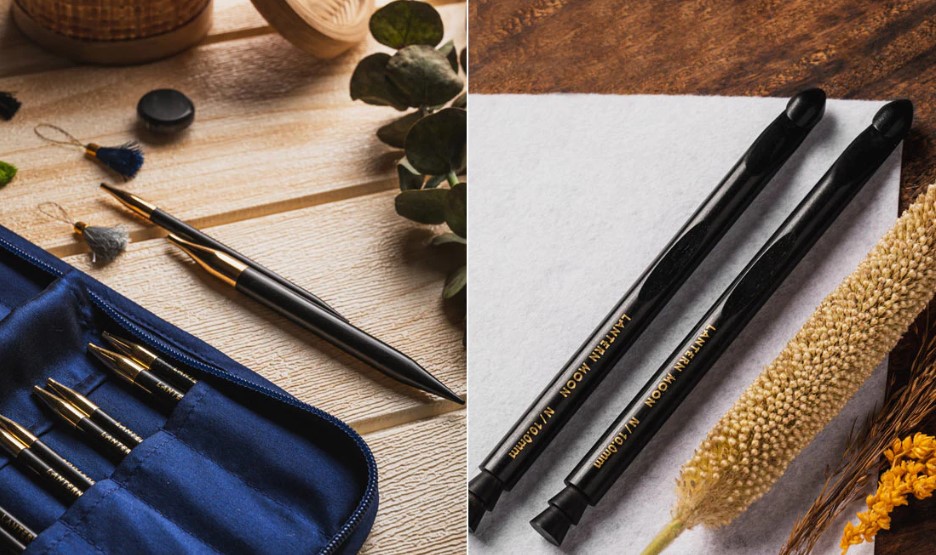Knitting and crochet are two beloved needlecraft techniques that have captivated enthusiasts for generations. Both crafts involve creating fabric from yarn to create various items, such as garments, accessories, and home decor, using different types of knitting needles or crochet hooks. Still, they have distinct differences in technique, tools, and the finished products they produce.
When a beginner wants to take up a new hobby, deciding between knitting and crocheting can take time and effort. In this blog, we will compare the two crafts and discuss which might be easier for beginners to learn.
|
Characteristic |
Crochet |
Knitting |
|
Tools |
|
|
|
Material |
|
|
|
Basic Stitches |
|
|
|
Fabric Structure |
|
|
|
Versatility |
|
|
|
Mistake Correction |
|
|
|
Shaping Possibilities |
|
|
|
Learning Curve |
|
|
|
Community & Resources |
|
|
Which Craft is Best for You, Knitting or Crocheting?
Whether you lean more towards knitting or crocheting depends on your preferences and the specific project you envision. Knitting offers more variety in stitch types and is more yarn-efficient, while crocheting is easier and faster for beginners to learn. Both crafts can create a wide range of items, and the choice ultimately comes down to personal preference.
Both crafts are worth learning, as they offer unique challenges and rewards. As a beginner, it’s essential to consider your learning style, skill, and the type of project you want to create when choosing between knitting and crochet.


